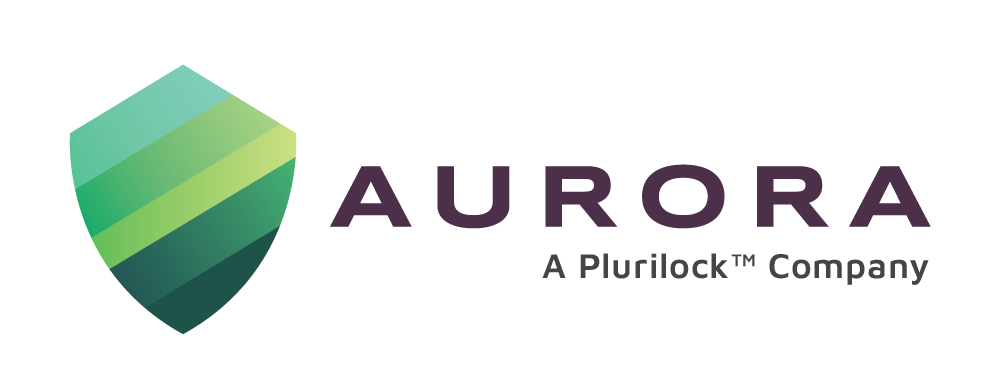To meet the increasing cybersecurity demands today, many organizations are looking for easier ways to meet multiple frameworks such as NIST 800-171, CMMC 2.0, HIPAA, and more, to provide a baseline of security.
Based on trends in the marketplace, our cybersecurity experts expect that, soon, all organizations will be required to complete one or more of these frameworks to continue conducting business.
Cybersecurity compliance can be a bit of an alphabet soup when you see all the acronyms. Here’s a breakdown of the most common frameworks and a high-level overview of each:
NIST
NIST originally was introduced for better collaboration between the public and private sectors for identifying, managing, and assessing cyber risk. It has become one of the most common tools to identify security gaps and meet regulations. Areas of priority within NIST include identity and access management, risk management, privacy, and more.
CMMC 2.0
Recently, CMMC 2.0 was announced as a requirement for government contractors to strengthen their cybersecurity posture. Any organization working with the government will be required to meet this requirement to continue conducting business. It incorporates some of the existing NIST standards while expanding on others. To learn more about CMMC 2.0 and its requirements, click here.
SOC 2
Service Organization Control (SOC) 2 was created by the American Institute of Certified Public Accountants. This framework is popular among service organizations that store, process, or transmit sensitive data—including the finance and banking sector as well as software companies.
ISO 27001 and ISO 27002
ISO 27001 and ISO 27002 are considered the international standards for validating cybersecurity programs both across third parties and internally. This certification demonstrates to customers and shareholders that a company is managing cyber risk.
HIPAA
Health Insurance Portability and Accountability Act (HIPAA) is the framework designed for healthcare organizations to protect the privacy of health information stored online. This includes cybersecurity best practices such as risk assessments and employee training.
Putting it all together
Understanding your industry’s requirements and building a program to manage any or all of these frameworks starts with a self-assessment. Aurora helps you make sense of the alphabet soup and puts your self-assessment into an actionable program. By identifying areas of improvement, Aurora sets you on a course to succeed and mature regardless of the security frameworks you require. Removing the complexity of combining redundant controls for various frameworks, Aurora capitalizes on the power of Apptega to harmonize your data to logically group common controls into one single system.
Contact sales@aurorait.com to learn about getting started with a self-assessment today and we’ll help you mature through one or multiple frameworks.
Source: https://www.bitsight.com/blog/7-cybersecurity-frameworks-to-reduce-cyber-risk#SOC2



